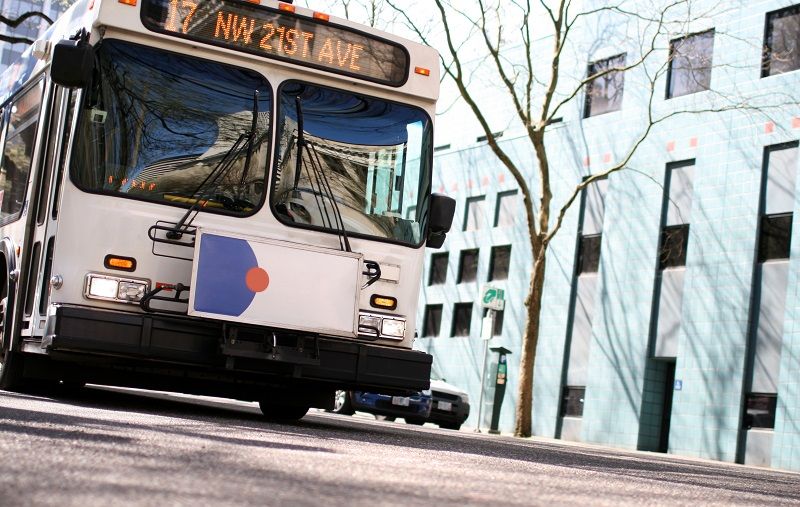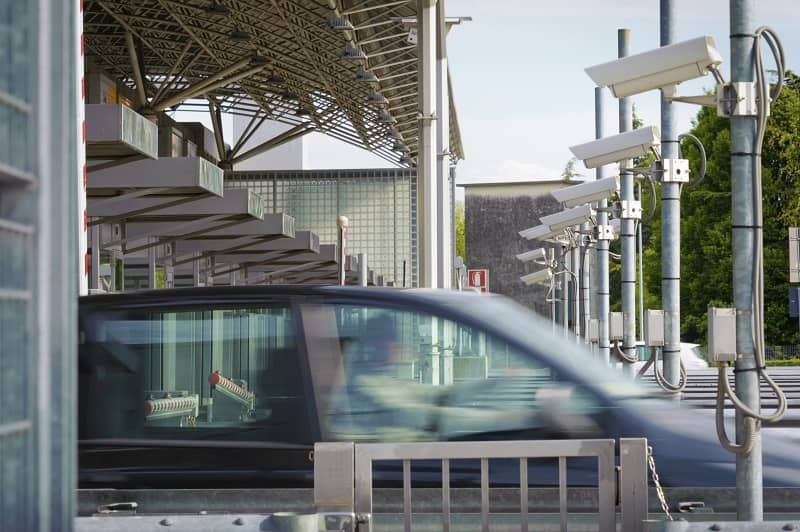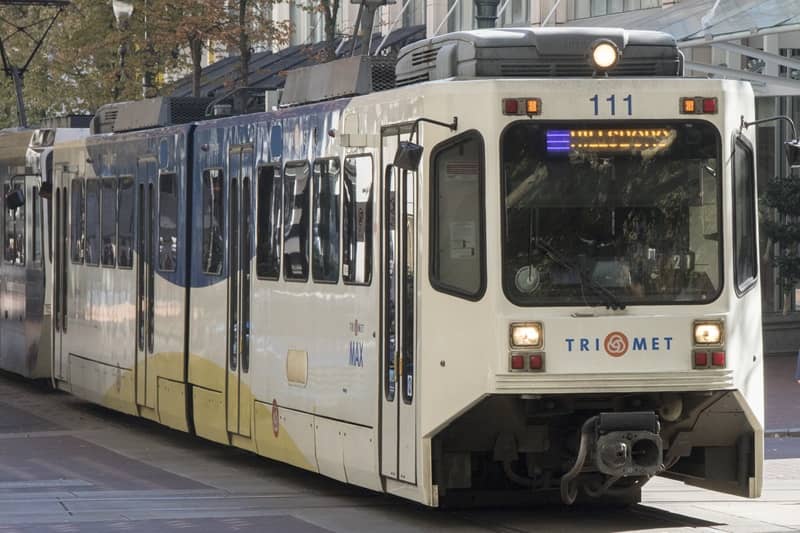On June 14th, John Charles sent this letter to the Federal Transit Administration regarding TriMet and C-TRAN proposals for the CRC light rail project.
June 14, 2013
Richard F. Krochalis
Regional Administrator, FTA
Jackson Federal Building
915 Second Avenue, Suite 3142
Seattle, WA 98174
Re: FTA requirements for operating funds on New Starts projects
Dear Mr. Krochalis,
I was in the audience on May 15th when you discussed the CRC light rail proposal with the C-TRAN board. I heard you say repeatedly that the application for a FFGA could not proceed until C-TRAN had a firm commitment of adequate funding to operate the new train line.
However, those statements are at variance with how FTA is handling the same issue for federally funded LRT projects in Portland. As I outlined to you in a detailed letter two years ago, TriMet has been in violation of its FFGA for the Green Line since the day it opened, and FTA has done nothing about it.
Service hours for the Green Line were reduced by 33% before it ever opened in September 2009.[1] Service has continued to decline since then. Weekly revenue hours have dropped from 692.4 in the opening year to 686.3 in the fall of 2012, a loss of 1%.[2]
TriMet is also in violation of its FFGA for the Yellow MAX line. That line opened in 2004 with 605.4 weekly revenue service hours. By the fall of 2012, service had dropped to 568.4 weekly revenue hours, a loss of 6%.[3]
Peak-hour service on the Yellow Line was supposed to operate at headways of 10 minutes in the opening year, improving to 7.5 minutes by 2020[4]. Instead, peak-hour headways are currently 15 minutes.[5]
As I pointed out to you in 2011, TriMet has a dedicated revenue source that was supposed to be used to fulfill the obligations of the respective FFGAs. That source, the regional payroll tax, was enhanced by the state legislature in both 2003 and 2009, allowing TriMet to raise the tax rate. The first tax increase was implemented effective January 2005, and has raised a cumulative total of $122.6 million in new revenue through FY 13.[6]
The combined net operating costs of the Green and Yellow lines in 2011 were $10.2 million.[7] Clearly the new revenues generated by the payroll tax rate increase were adequate to pay for all promised new service on the two new MAX lines, if such service had been a priority for TriMet – which it isn’t.
Not only has TriMet failed to provide promised service on federally-funded light rail lines, the agency’s total fixed route service has dropped by 14% since 2005 — despite the fact that the agency’s all-funds budget has gone up by 125% over that same period, as displayed below:
TriMet Financial Resources, 2004-2013 (000s)
|
|
FY 04/05 |
FY 08/09 |
FY 10/11 |
FY 11/12 (est) |
FY 12/13 (budget) |
% Change 04/05-12/13 |
|
Passenger fares |
$ 59,487 |
$ 90,016 |
$ 96,889 |
$ 104,032 |
$117,166 |
+97% |
|
Payroll tax revenue |
$171,227 |
$209,089 |
$224,858 |
$232,832 |
244,457 |
+43% |
|
Total operating resources |
$308,766 |
397,240 |
$399,641 |
$476,364 |
$465,056 |
+51% |
|
Total Resources |
$493,722 |
$888,346 |
$920,044 |
$971,613 |
$1,111,384 |
+125% |
Annual Fixed Route Service Trends, 2004-2012
|
FY 04 |
FY 06 |
FY 08 |
FY 10 |
FY 12 |
Change |
|
|
Veh. revenue hours |
1,698,492 |
1,653,180 |
1,712,724 |
1,682,180 |
1,561,242 |
-8.1% |
|
Veh. revenue miles |
27,548,927 |
26,830,124 |
26,448,873 |
25,781,480 |
23,625,960 |
-14.2 |
In its most recent long-term financial forecast, TriMet admits that the agency’s current service problems are “not caused by TriMet’s revenue base.” According to the agency, TriMet’s operating revenues per capita “are 70% higher than its peer comparators.”[8]
Nonetheless, TriMet service is in a death spiral.
TriMet General Manager told his board in February that the forecast for TriMet service shows that by 2030, the agency will have a “revenue-expenditure imbalance” of some $200 million. Therefore, TriMet clearly does not expect to meet its light rail service obligations to FTA at any time during the life of the two relevant FFGAs.
In your response to me on June 20, 2011, you noted that many transit agencies experience temporary service declines due to various economic factors. Such conditions were “not typically viewed by FTA as a breach of contract.” You pointed out that Section 19(a) of the FTA FFGA discusses “default” in terms of “…substantial failure of the Grantee to complete the Project in accordance with the Application” for federal funding.
It is clear that TriMet has failed and will continue to fail to meet its contractual obligations to operate federally-financed light rail lines as promised.
Given these facts, I can only conclude that either you misinformed the C-TRAN board about the importance of local operating revenues, or you will soon be requiring TriMet to begin fulfilling its FFGAs for the Green and Yellow lines. Which of these things is true?
Please advise at your earliest convenience.
Sincerely,
John A. Charles, Jr.
President & CEO
CC: C-TRAN Board of Directors
TriMet Board of Directors
Interested parties
[1] TriMet, Fall 2010 Financial Forecast, p. 39.
[2] TriMet finance office, personal communication with the author, September 18, 2012.
[3] Ibid
[4] TriMet, Before and After Study, Yellow MAX Line, 2009, p. 2-2.
[5] TriMet website as of June 14, 2013, http://www.trimet.org/schedules/w/t1190_1.htm.
[6] TriMet, CRC August 2011 New Starts Submittal, Table 1.
[7] TriMet, FY11 Operating Statistics
[8] TriMet, Long Term Fiscal Sustainability Plan, December 2012, p. 7.











